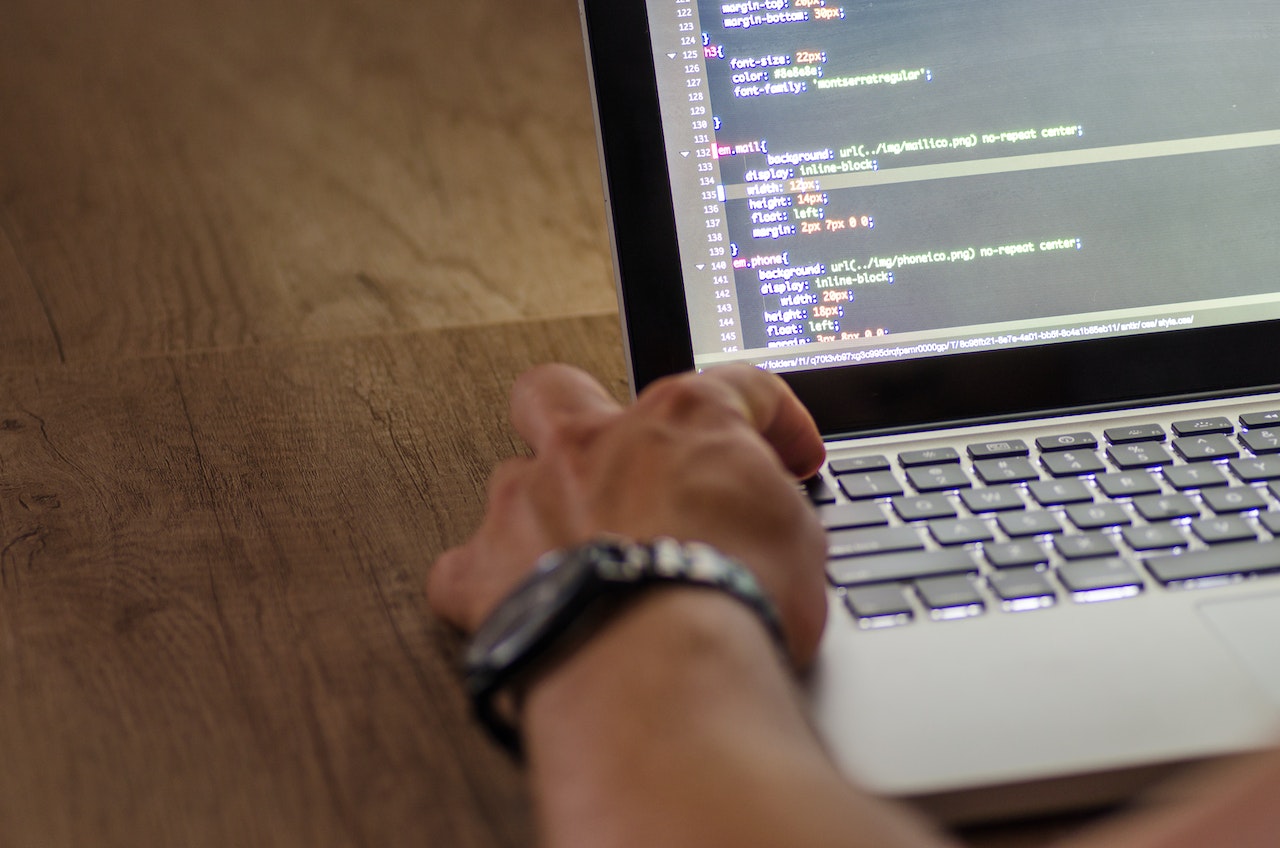Python has become one of the most popular programming languages in the world in recent years. It’s used in everything from machine learning to building websites and software testing. It can be used by developers and non-developers alike.
Python, one of the most popular programming languages in the world, has created everything from Netflix’s recommendation algorithm to the software that controls self-driving cars. Python is a general-purpose language, which means it’s designed to be used in a range of applications, including data science, software and web development, automation, and generally getting stuff done.
Let’s take a closer look at what Python is, what it can do, and how you can start learning it.
What is Python?
Python is a computer programming language often used to build websites and software, automate tasks, and conduct data analysis. Python is a general-purpose language, meaning it can be used to create a variety of different programs and isn’t specialized for any specific problems. This versatility, along with its beginner-friendliness, has made it one of the most-used programming languages today. A survey conducted by industry analyst firm RedMonk found that it was the second-most popular programming language among developers in 2021.
Did you know? The name Python comes from Monty Python. When Guido van Rossum was creating Python, he was also reading the scripts from BBC’s Monty Python’s Flying Circus. He thought the name Python was appropriately short and slightly mysterious.
What is Python used for?
Python is commonly used for developing websites and software, task automation, data analysis, and data visualization. Since it’s relatively easy to learn, Python has been adopted by many non-programmers such as accountants and scientists, for a variety of everyday tasks, like organizing finances.
“Writing programs is a very creative and rewarding activity,” says University of Michigan and Coursera instructor Charles R Severance in his book Python for Everybody. “You can write programs for many reasons, ranging from making your living to solving a difficult data analysis problem to having fun to helping someone else solve a problem.”
What can you do with python? Some things include:
- Data analysis and machine learning
- Web development
- Automation or scripting
- Software testing and prototyping
- Everyday tasks
Data analysis and machine learning
Python has become a staple in data science, allowing data analysts and other professionals to use the language to conduct complex statistical calculations, create data visualizations, build machine learning algorithms, manipulate and analyze data, and complete other data-related tasks.
Python can build a wide range of different data visualizations, like line and bar graphs, pie charts, histograms, and 3D plots. Python also has a number of libraries that enable coders to write programs for data analysis and machine learning more quickly and efficiently, like TensorFlow and Keras.
Web development
Python is often used to develop the back end of a website or application—the parts that a user doesn’t see. Python’s role in web development can include sending data to and from servers, processing data and communicating with databases, URL routing, and ensuring security. Python offers several frameworks for web development. Commonly used ones include Django and Flask.
Some web development jobs that use Python includeback end engineers, full stack engineers, Python developers, software engineers, and DevOps engineers.
Automation or scripting
If you find yourself performing a task repeatedly, you could work more efficiently by automating it with Python. Writing code used to build these automated processes is called scripting. In the coding world, automation can be used to check for errors across multiple files, convert files, execute simple math, and remove duplicates in data.
Python can even be used by relative beginners to automate simple tasks on the computer—such as renaming files, finding and downloading online content or sending emails or texts at desired intervals.
Software testing and prototyping
In software development, Python can aid in tasks like build control, bug tracking, and testing. With Python, software developers can automate testing for new products or features. Some Python tools used for software testing include Green and Requestium.

Comments are closed